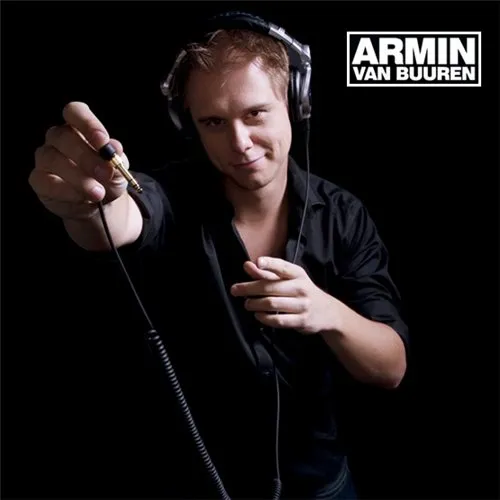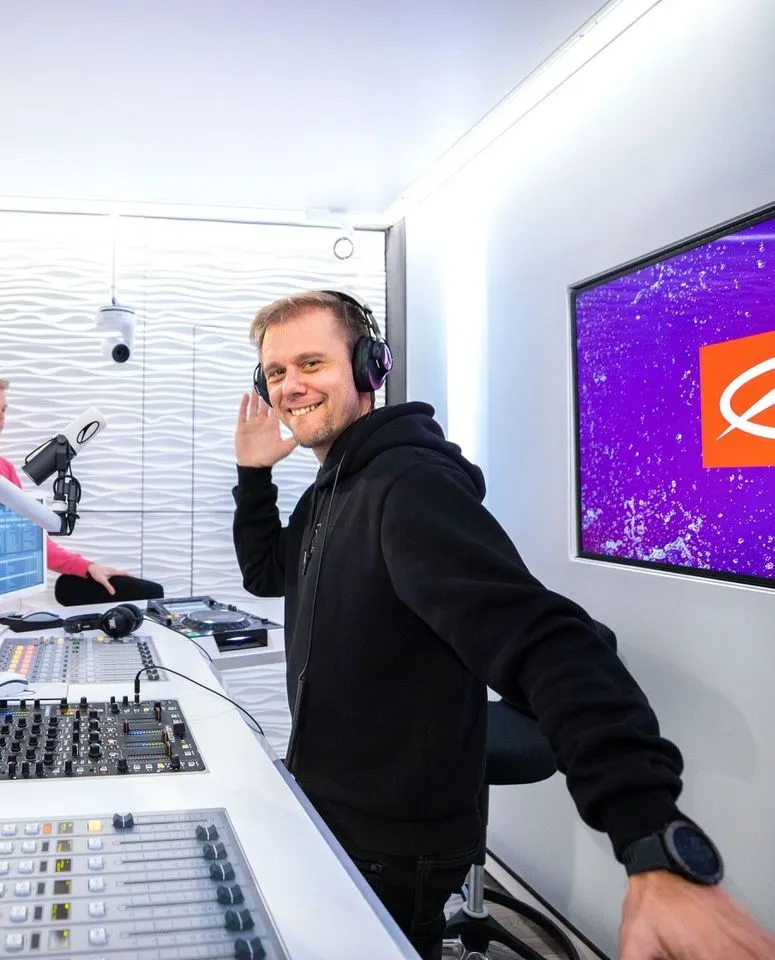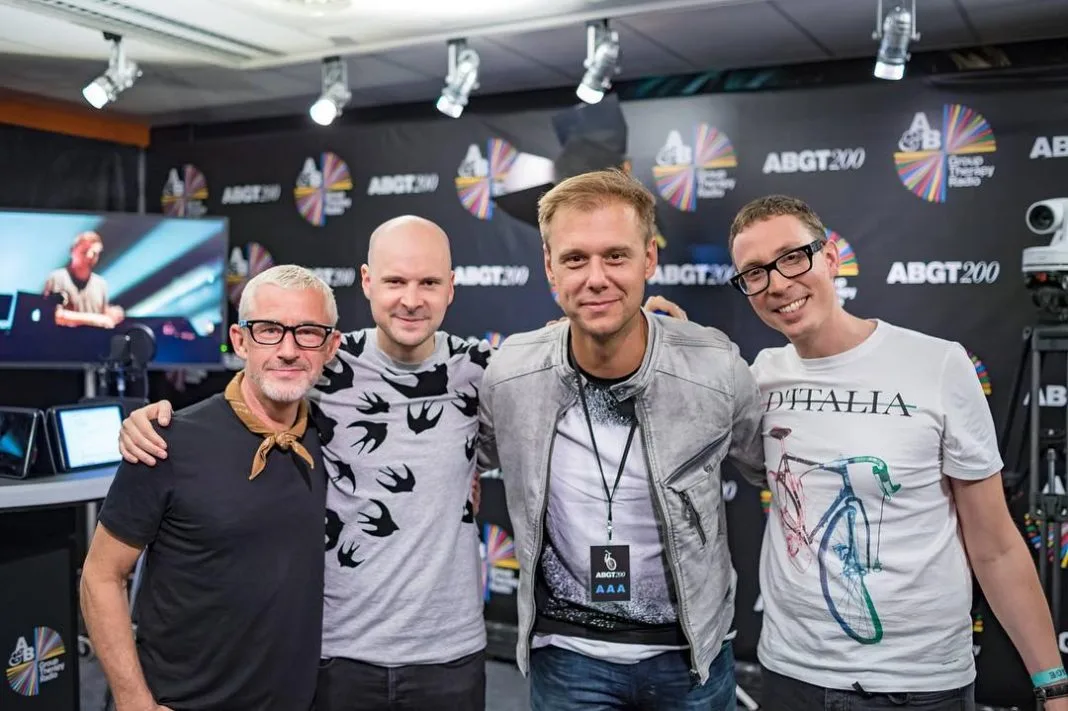

As young DJs gradually rise to the top, can Armin Van Buuren maintain his top 1 position?
For over two decades, Armin van Buuren has stood tall as a global ambassador of trance music. His influence on the genre is undeniable—ushering it into arenas, festivals, and hearts across the world. But today, with a fresh wave of young DJs taking over main stages, TikTok feeds, and Spotify charts, fans and critics alike are beginning to ask: Is Armin’s era coming to an end, or is he simply stepping into a new role?
The Golden Years of Armin van Buuren
Few names in electronic dance music (EDM) evoke the same reverence as Armin van Buuren. His weekly radio show, A State of Trance (ASOT), began in 2001 and quickly became a staple for trance enthusiasts worldwide. Through ASOT, he cultivated a global community and provided a launching pad for countless up-and-coming trance producers.

Armin also dominated the DJ Mag Top 100 list for years, earning the No. 1 DJ in the world title five times. His early releases like “Shivers,” “Communication,” and “This Is What It Feels Like” are more than just tracks—they’re milestones in the evolution of trance.
These golden years saw Armin van Buuren not only as a DJ and producer but also as a symbol of what trance music could be: emotional, uplifting, and deeply human.
The Shift: Has Trance Lost Its Crown?
As genres like tech house, bass, progressive, and melodic techno gained popularity, trance’s dominance has faced challenges. Younger audiences have gravitated toward faster, more energetic styles or toward the gritty underground. The scene has changed, and not all of it favors legacy acts.
Young DJs such as Martin Garrix, Charlotte de Witte, and Illenium are dominating streaming platforms and headlining major festivals. Their energy and brand appeal resonate with Gen Z and younger millennials in ways the classic trance identity may not.
However, Armin’s adaptability is one of his defining traits. He hasn’t clung to the past but has embraced experimentation. His collaborations over the past few years include artists from pop, techno, and even classic rock, and his style now includes everything from progressive trance to mainstage-ready anthems.
Still, for every fan who applauds his evolution, there are others who feel he has moved too far from his roots. This tension has come to define Armin’s current phase.
Burnout, Reflection, and the ‘Breathe’ Era
In recent years, Armin opened up about burnout and the mental strain that came with decades of constant touring, production, and brand pressure. That period of fatigue became the genesis for one of his most ambitious projects: the two-part album “Breathe In / Breathe Out.”
Spanning 50+ tracks, the album reflects a more introspective side of Armin. It’s a mix of mainstream collaborations and personal journeys, where the focus shifts from peak-hour festival bangers to deeper, textured compositions. The project reflects maturity—an artist embracing balance, wellness, and longevity.
He also introduced new live formats—like “face-to-face” DJ sets, multi-genre lineups at ASOT events, and themed visual experiences that show he’s far from running out of ideas.
Still a Mentor, Still a Leader
While he may no longer dominate every chart, Armin van Buuren continues to lead in a different way: through mentorship and curation.
Via his label Armada Music, he consistently pushes new talent to the forefront. Artists like Andrew Rayel, MaRLo, and Aly & Fila have benefited directly from Armin’s spotlight. His ASOT platform still introduces hundreds of tracks from both rising stars and veterans each year.
This transition from headliner to torchbearer isn’t a decline—it’s a transformation.
In fact, younger DJs often credit Armin as their inspiration. His longevity and openness to change have set a blueprint for sustaining relevance in an ever-evolving genre.
The Debate Among Fans: Legacy vs. Relevance
Within the trance and EDM community, discussions about Armin’s place today are lively.
Some purists argue that he’s strayed too far from the genre’s essence. Others point out that his ability to stay in the conversation for over two decades is a feat few can match. A recurring theme emerges: Armin van Buuren might not be everyone’s favorite version of himself right now, but his impact remains untouchable.
It’s important to recognize that the EDM scene is cyclical. Trends come and go, but pillars like Armin offer continuity. While younger DJs may dominate headlines today, many of them still operate within ecosystems built by legends like him.
How Armin Remains Strategically Relevant
Armin has never been one to stand still. His strategies for staying relevant are both calculated and creative:
-
Evolving music production: He’s not afraid to try pop-inspired vocals or experiment with new BPM ranges.
-
Collaborations: Working with both mainstream and underground names keeps his music fresh and exposed to new audiences.
-
Wellness and pacing: Armin is more mindful of his health, taking purposeful breaks from the high-speed lifestyle to ensure long-term sustainability.
-
Multi-platform branding: From Twitch streams to curated Spotify playlists, Armin engages fans across all digital fronts.
These moves don’t just protect his brand—they enrich it. Armin is choosing legacy with longevity over short-term dominance.

What the Future Holds for Armin and Trance
It’s fair to say that Armin’s primary audience is evolving alongside him. His longtime fans have grown older, and many still find solace in his newer work—even if it sounds different from his 2005 catalog.
Meanwhile, the new generation of trance and progressive fans still look to A State of Trance as a cultural touchstone. As long as ASOT continues, Armin van Buuren remains essential to trance’s identity, regardless of current trends.
Looking forward, his role may become less about topping lineups and more about shaping the future of the genre. And that’s a transition worth celebrating, not resisting.
Conclusion: Not a Decline—A Reinvention
Armin van Buuren is not fading—he is adapting. He has gracefully shifted from being the face of trance to its elder statesman, innovator, and mentor. In an industry obsessed with the new, Armin represents something rare: endurance paired with evolution.
The rise of young DJs is not a threat to Armin—it’s a confirmation of his influence. Many of them exist in a world he helped build. And as long as A State of Trance keeps broadcasting and Armada continues discovering talent, Armin’s fingerprints will remain all over the scene.
So no, Armin van Buuren isn’t fading into irrelevance. He’s simply entering a new act. And if history is any guide, it’ll be just as powerful as the ones before it.


















